Site Information: This habitat in the Mill Park neighborhood has full sun, part sun, shade, dry, and moist soil.
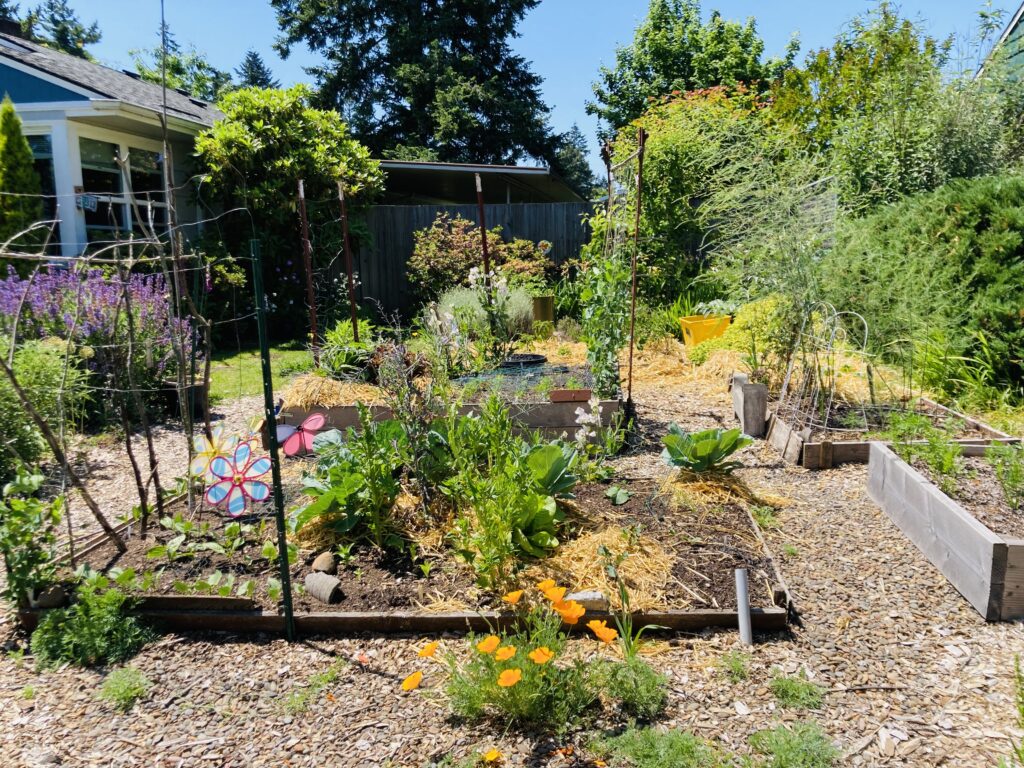
What inspired you to enroll in the Backyard Habitat Certification Program?
I wanted to continue my education about using native plants in my yard and increase the habitat and plants in this part of town.
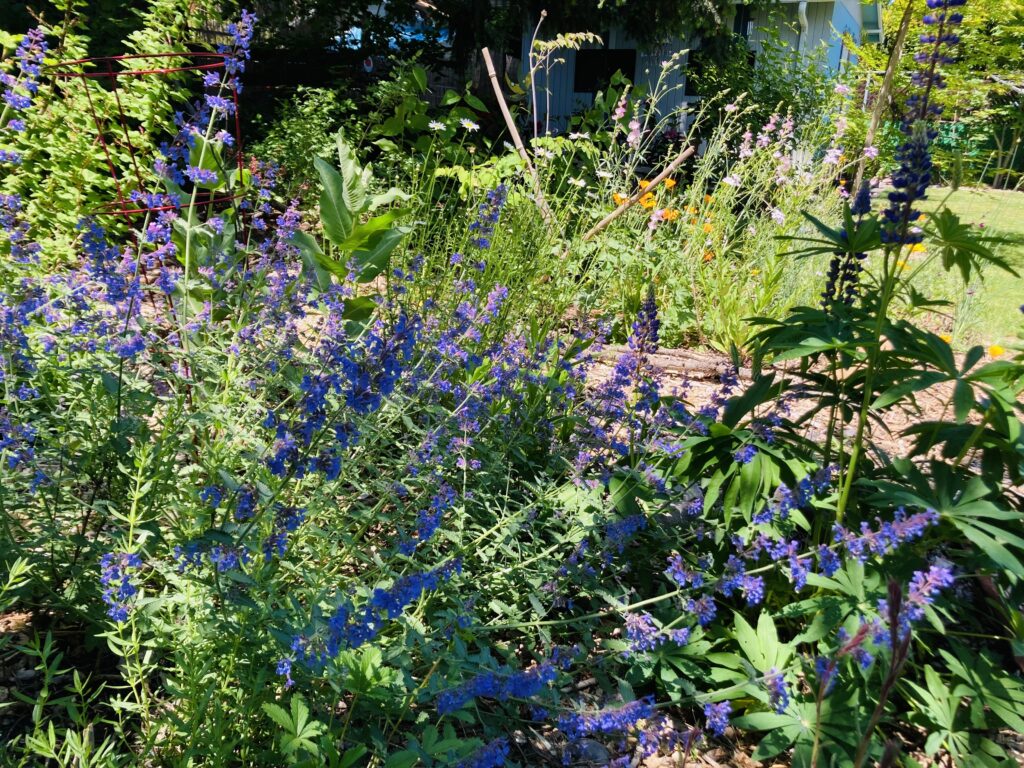
How would you describe your habitat?
I have a large lot (8400 sq ft) with different growing conditions throughout the yard. I have added a rain garden, a gold-certified Backyard Habitat, a meadowy garden, succulents, dwarf conifers, and a year-round vegetable garden.
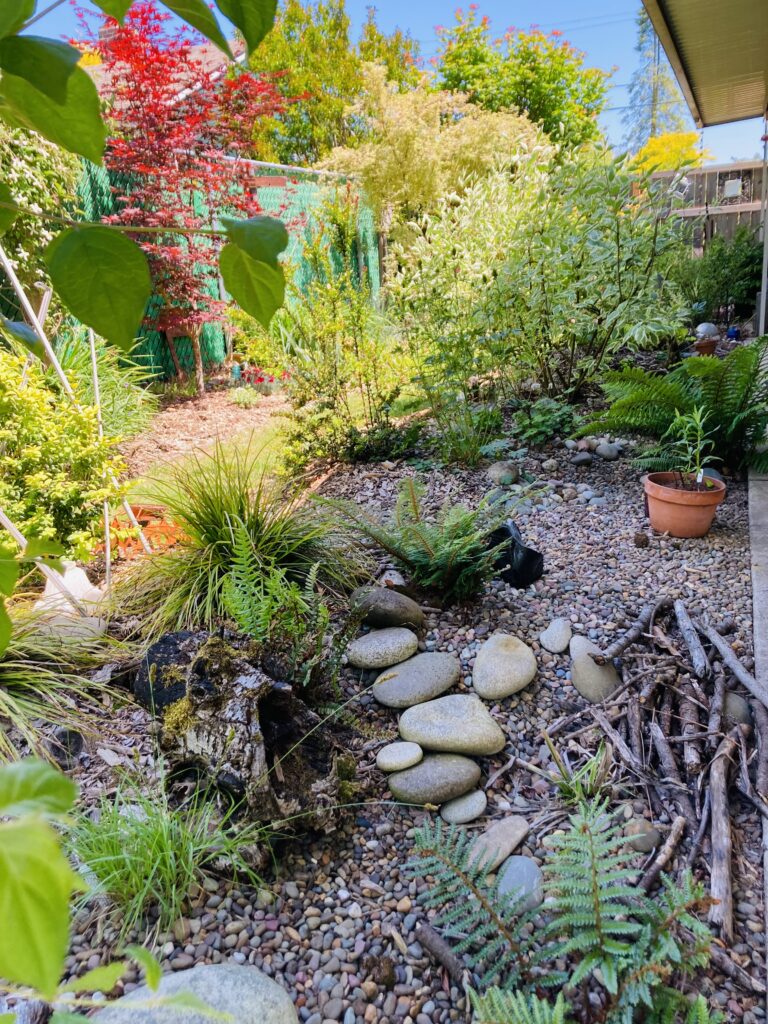
What are your top three favorite native plants and why do you love them?
Vine maples are stunning small trees with beautiful bark that can grow in a variety of conditions, from full sun to mostly shade. They add wonderful structure to any garden. Speaking of structure, checkermallow is marvelous for tall spikes of flowers. I love ferns of all kinds and tuck them throughout my yard. I also have a small patch of nettles that I keep in one area. They are a wonderful, nutritious, and medicinal plant, and they add a lot of structure when they flower.
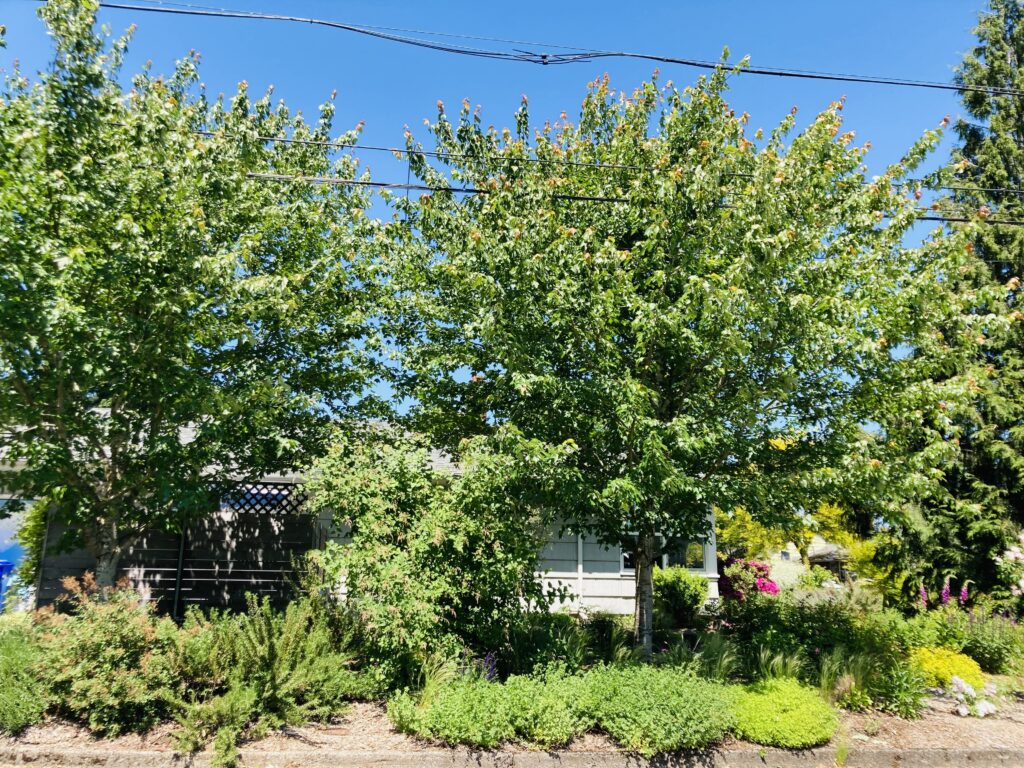
What changes have you observed as a result of creating habitat?
People who walk by my yard ask questions and enjoy the diversity and beauty of plants. I know the natives I’ve been adding to the yard have become healthier. The fir tree that anchors the yard has helped to improve the soil structure by adding understory plants, trees, shrubs, and leaving needles and leaves to decompose on the ground.
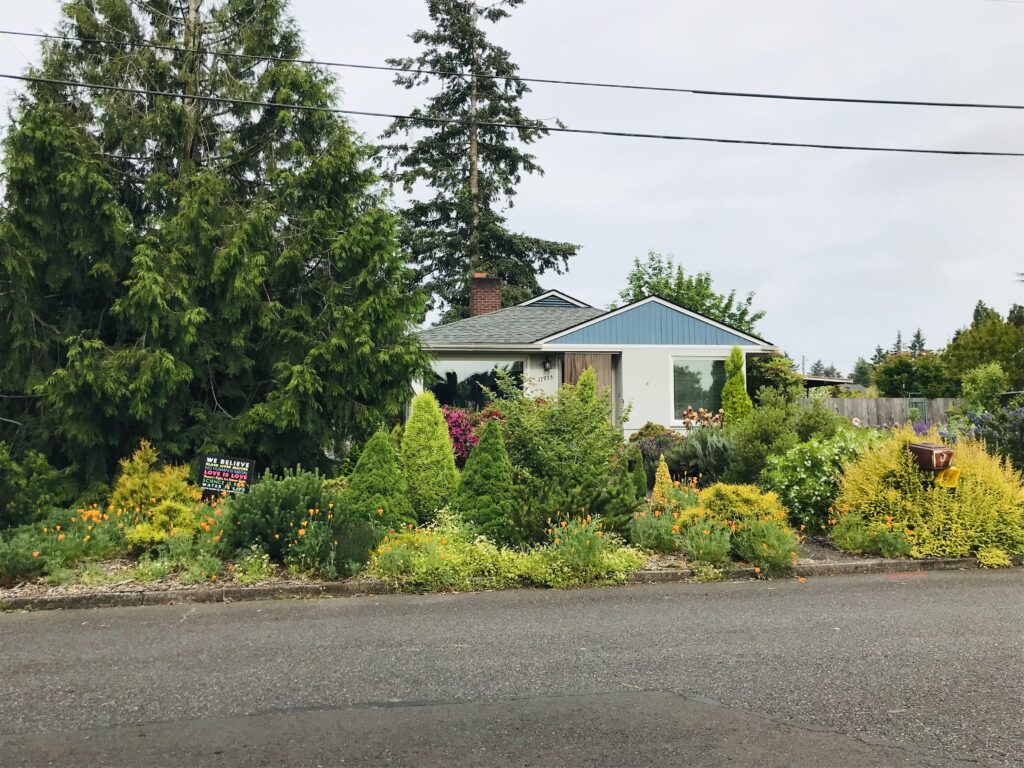
What were the two most significant challenges you encountered while creating habitat, and how did you address them?
The part of the yard that is focused on native plants was very compacted. The lone fir, red maple, and red oak were the only flora in that yard. I made some berms and raised areas to get some topography in that area while repurposing the dug-up lawn. This helped retain moisture. I had to add a lot of compost and mulch quite a bit in the beginning.
The north side of my yard is the trickiest: in summer it gets slammed with afternoon sun/heat. In winter, a good portion of it is in deep shade. It’s taken trial and error to get the right mix of plants to grow. This is also the area of my rain garden.
What resources did you find especially helpful?
I like reading all sorts of gardening/landscaping books. I’ve also educated myself on native plants by looking at resources from Metro and a big shout out to Sparrowhawk Plants!

How do you enjoy your Backyard Habitat throughout the different seasons? What are its highlights in each season?
Colors, textures, buds, leaf patterns, flowers, and succession of plants throughout the seasons is a marvel.
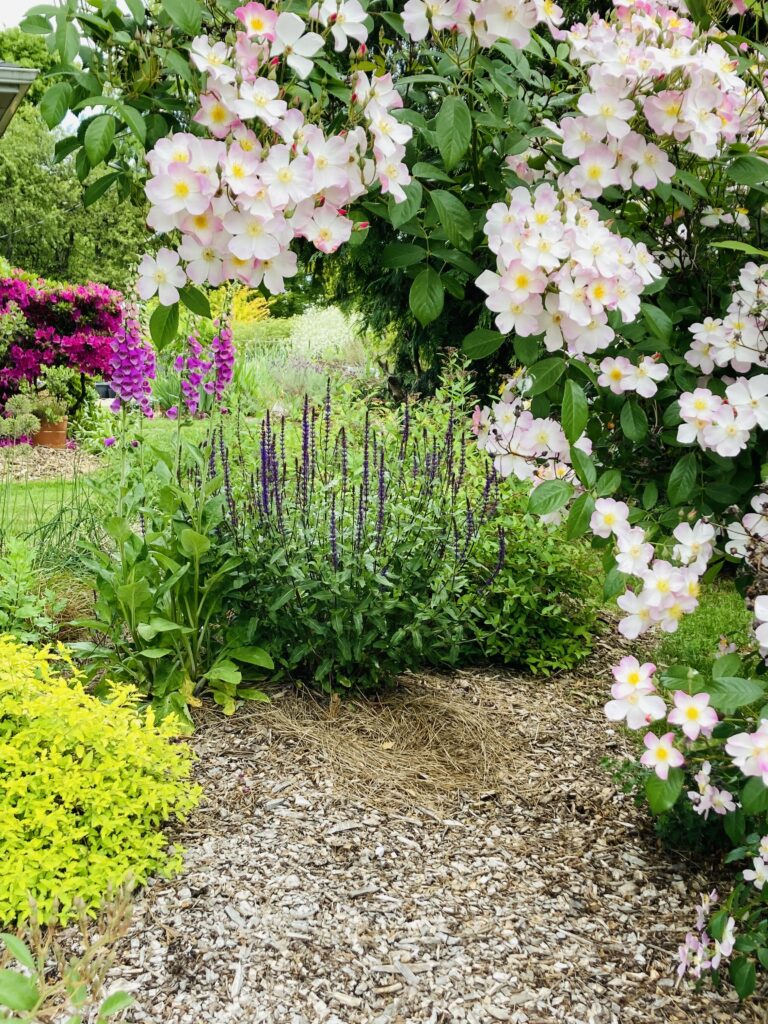
What part of your backyard habitat are you most proud of?
The changes that have happened by increasing the diversity of plants has given a much different feel to the area.